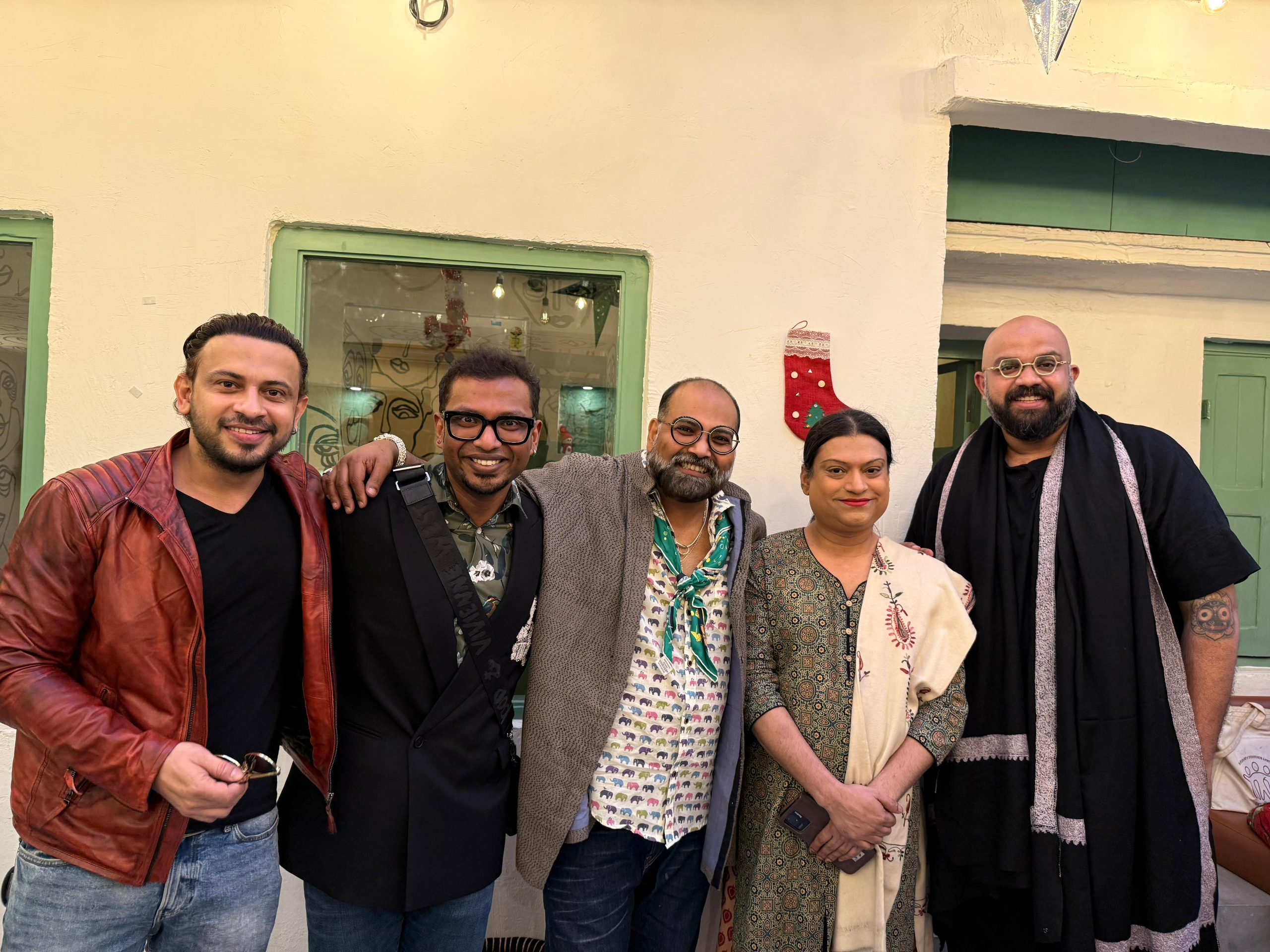Posted by Rhea Dangwal
Growing up, while we all grappled to latch on to an identity for ourselves, I chose a trope that stood sculpted and ready for girls my age.
I started building my life: likes, dislikes and reactions around the template of the infamous Manic Pixie Dream Girl. Its Indian version came distinctly seeped in sexist overtones: light skinned, little to no makeup, soft-spoken, motherly and painfully innocent, ‘doe-eyed’ girl.
When Nathan Rabin coined the term Manic Pixie Dream Girl in an essay about the movie Elizabethtown in 2007, he never could have imagined how that phrase would explode. He defined the term as “that bubbly, shallow cinematic creature that exists solely in the fevered imaginations of sensitive writer-directors to teach broodingly soulful young men to embrace life and its infinite mysteries and adventures”. A pretty, outgoing, whacky female romantic lead whose sole purpose is to help broody male characters lighten up and enjoy their lives.
But it wasn’t as if Rabin invented the trope, he simply put a name in tacit agreement to a young woman’s societal and political condition. He would later come to denounce the term because instead of bringing awareness to fiction creators about the lack of the multi-dimensional female leads, it became a marker to reinforce the idea further.
this need to shirk your own personality to favour the man drowns us all.
The point was to be a whimsical, non-threatening, easily bruised softie, yet be the voice of reason. A solid anchor with a gravity of its own. Be there to support and fix him when Odysseus meets cyclones, the hydra and the sirens in his quest. Think of a white manic pixie indoctrinated with the values of what it means to be a woman of the subcontinent: fair and oh so lovely.
I built myself as a carefully curated collection of reactions that I had internalized from romance novels, movies, Indian daily soaps, and even comedy. It didn’t help that throughout my teens, I looked nothing like those characters I was supposed to emulate; nor did I feel like them on the inside.
I have spent too much time laughing at dumb jokes men told me rather than letting my own inner comic flourish. Talk about exhausting emotional labour, I did it. This one time as a teenager, I remember how I lied to a guy about not knowing what sex was, just so that he could feel superior to me in his explaining to a girl he thought was so ‘adorably daft’.
Of the tropes that the media sold me, I reached a point where I didn’t know if I was a pixie but had definitely become manic. Every interaction and reaction I had, started becoming an epic saga of wanting to free men and in turn, free myself through men.
The dysphoria was immense.
Also Read: The Break Up Industry And The Rush To ‘Get Over It’!
When Steve Carell’s character told his wife in Crazy Stupid Love that he thought ‘she was the perfect combination of cute and sexy’, it rang in my ears for months. But the problem wasn’t that I aspired to be the perfect combination of the above two traits – it was that I wanted a man to think that I was.
And that’s when I realized, I was becoming clueless about who I actually was. Then it was decided. I didn’t want to be a protagonist anymore.
This kind of conditioning targets cishet women all around and makes sure they centre and value the worth of the man before her own. It takes away the reigns of her life from herself and keeps her running around the dumpster fire that is men.
The characteristics have become so indoctrinated into the culture of what it means to be a woman, that regardless of age, class and sexual orientation, this need to shirk your own personality to favour the man drowns us all. Nathan Rabin didn’t have to tell me I was to be a Manic Pixie Dream Girl; it was reinforced organically in grade four when I had to write a competitive essay on how ‘Behind every successful Man, is a woman’.
I decided I didn’t want to be Tulsi anymore because, in reality, I was born a Kamalika.
It also means we foster a culture where women need to compete with other women for the attention of the man. I would actively reinforce how I would rather have more male friendships because I was ‘one of the dudes’ even when I craved female friendships so much.
‘You’re not like other girls’ is weaponised against us and always has been. I realised this hetero-supremacist patriarchy was not going to help anyone and was definitely not going to free me.
Today, if anyone told me to not be my loud, funny, sarcastically political self, I would honestly gag. But my journey to getting there was one of self-discovery and subverting the sexism of what an ideal Indian woman should be. Instead of celebrating male mediocrity, I’d rather spend my time bettering myself or boosting the amazing women I have come to know in my life, including my journey to figuring out the dimensions of my own personality, amidst all the misogynistic white noise that surrounds me.
I barely remember the exact moment it happened; I don’t know if the full moon was up and mercury was headed in retrograde. But one sure day, I decided I didn’t want to be Tulsi anymore because in reality, I was born a Kamalika.
Also Read: Gender Stereotypes Based On The Music Playlist
Rhea is a Journalism and Mass Communication graduate who likes to channel her anger for structural socio-political sexism through humour and facts. She also writes and publishes a weekly newsletter on feminism which can be checked out here.
Featured Image Credit: Dressed Up Like A Lady
About the author(s)
Guest Writers are writers who occasionally write on FII.




